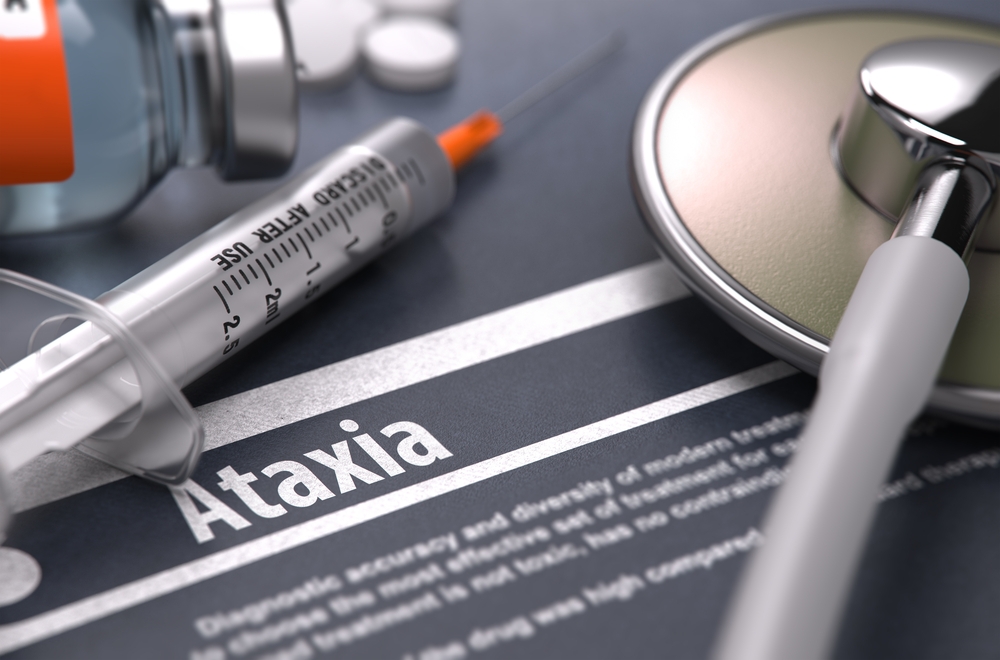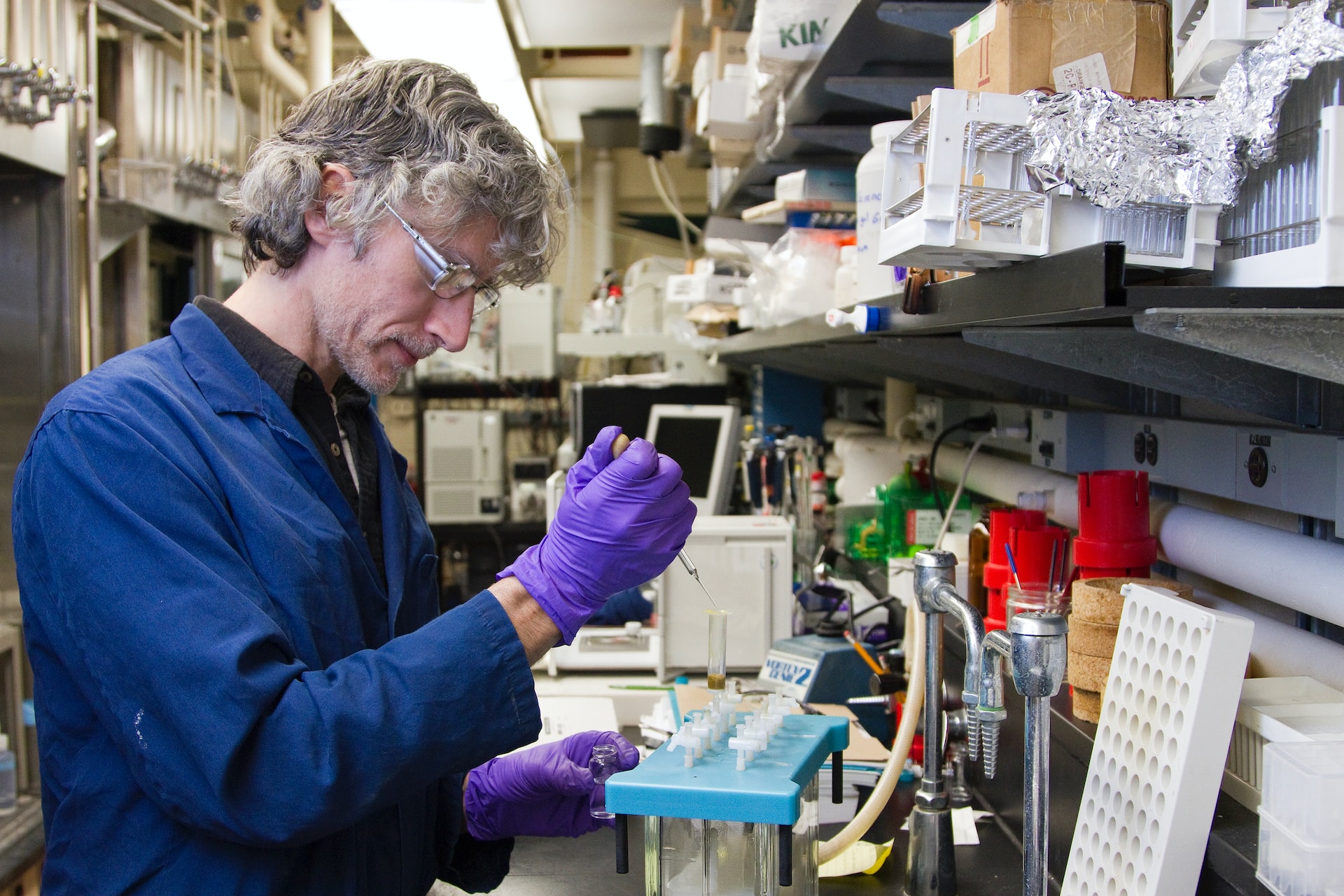To What Extent Can Ataxia Be Treated by Stem Cells?
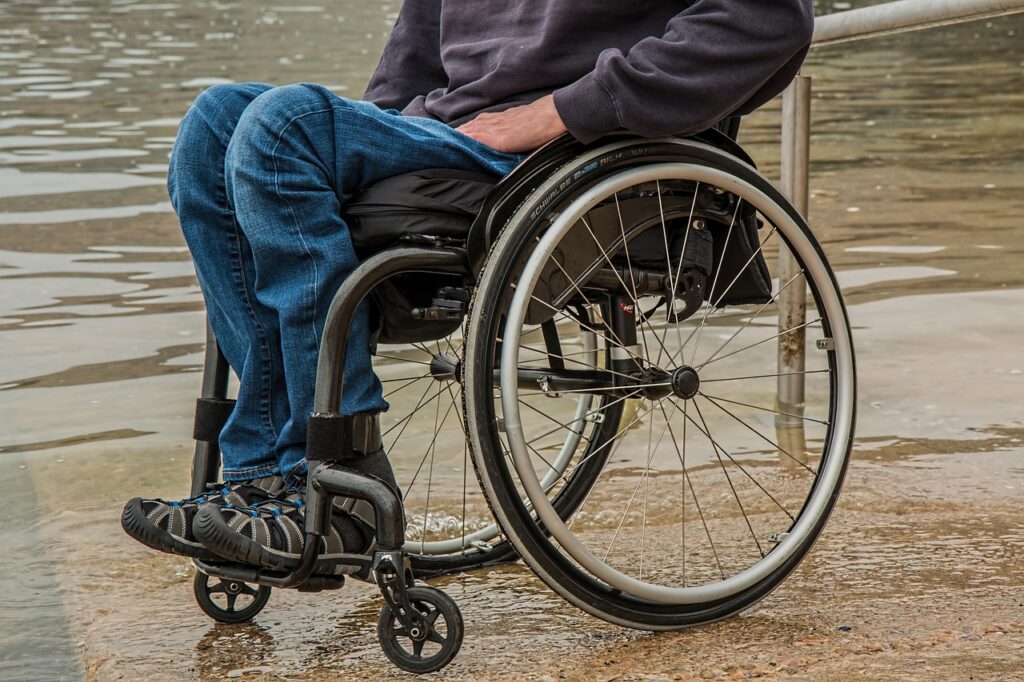
Ataxia is a degenerative condition that causes the nerve cells that control balance and coordination to die prematurely. Many signs of the disease, such as slurred speech, clumsiness, stumbling, dizziness, falling, and incoordination, are similar to those of intoxication, stroke, or neurodegenerative disorders.
It is occasionally feasible to cure or reverse the consequences of ataxia, depending on the cause. The disease is one of a long and expanding list of neurological conditions being treated using stem cells. This article will describe the use of stem cells for ataxia treatment and some of the symptoms and remedies for this illness.
The nature of ataxia
To study the potential of cell-based treatment, we first need to understand what is ataxia. The name of the disease comes from the Greek word ‘ataxía’, which means lack of order or coordination. This neurological disorder affects motor coordination and balance. It is characterized by an inability to coordinate muscle movements, which can lead to jerky motions. In general, it affects the ability to walk, talk, and sometimes eat. It’s generally an indication of a problem with your brain, vestibular system, or other components of the body.
The disorder may accompany certain diseases, as well as be provoked by factors such as stress, poisoning (for example, alcohol), or injury. As well, one out of every 50,000 US citizens is at risk of developing a genetic neural disorder known as Friedreich ataxia, a type of disease.
Symptoms and common signs
The ataxia symptoms are often very similar to those of other neurological disorders. They depend on the damaged part of the brain and its location in the brain. The most common signs are:
- Difficulty walking or standing (unsteady gait, problems with balance);
- Problems with hand movements;
- Dizziness or vertigo when turning the head quickly;
- Numbness in hands and feet;
- Inability to speak clearly;
- Eye movement irregularities;
- Fatigue;
- Tremors;
- Heart issues;
- Difficulty swallowing food or liquids due to a loss of sensation in their throat muscles
For movement assistance, people with ataxia frequently need to use wheelchairs or walkers. The symptoms appear at various times in life. Symptoms of recessive diseases are more likely to appear in childhood. Based on its type, ataxia frequently occurs in one’s twenties, thirties, or even later. In other cases, symptoms may not appear until the individuals are in their 60s.
The diagnosis is made using the patient’s medical and neurological history, a brain scan (CT or MRI) to look for cerebellar abnormalities, and blood tests to check for vitamin or coenzyme deficits.
Current strategies for treating ataxia
There are many different treatments for the disorder, depending on its causes. Temporary ataxia, such as the one resulting from intoxication, may not need treatment; others may simply require minimal treatments, such as vitamin pills if they are deficient in vitamin B12.
Some treatments focus on improving muscle strength and coordination (such as physical therapy), while others focus on reducing the symptoms of the disorder. However, the main goal in managing the disorder is to manage the underlying cause of the condition, and this is where cell-based therapy can help.
Potential help from stem cell treatment in ataxia
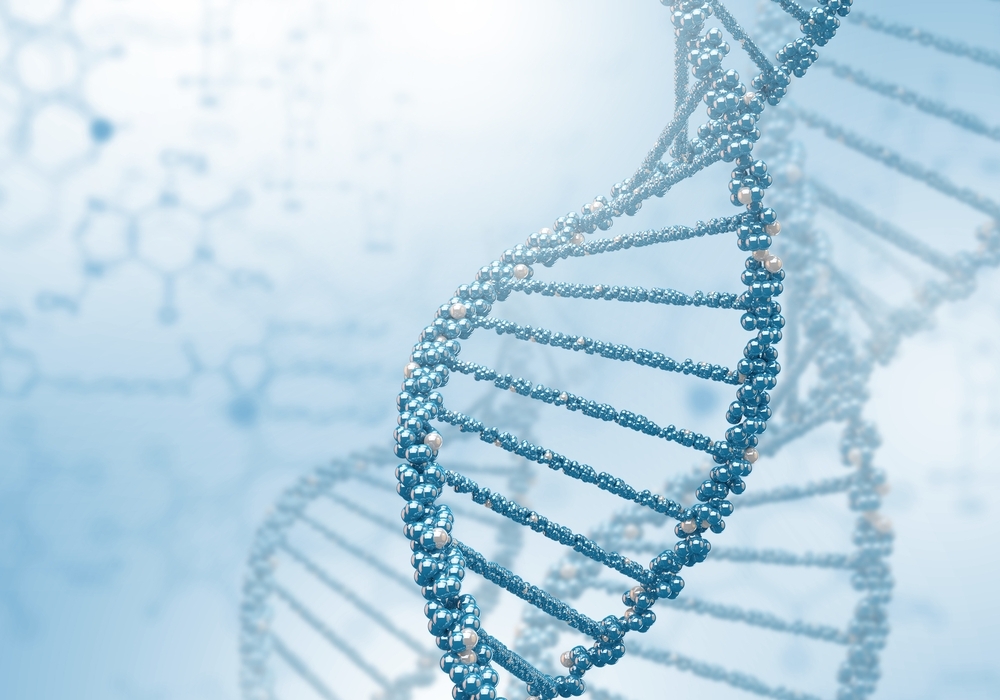
This neurodegenerative condition appears to respond particularly well to stem cell treatment, with over 80% of patients reporting symptom relief and the ability to perform tasks they previously believed they would never be able to perform again.
Stem cell therapy is a procedure that uses cell-based medicines to treat various diseases. Stem cells are the body’s master cells; they can be found in bone marrow, fat tissue, amniotic fluid, and cord blood.
Medical professionals believe stem cells can help ataxia patients by alleviating some symptoms. To prevent degeneration, the mesenchymal stem cells (MSCs) work therapeutically by secreting bioactive molecules that promote synaptic development, neuronal growth and defence, and apoptosis-reduction while also improving the neuronal connection.
Patients with ataxia have the following clinical outcomes from cells-based treatment:
- Improvement in balance and coordination.
- Increase in fine motor abilities.
- Enhancements in verbal abilities.
- Decrease in tiredness.
- Overall improvement in quality of life.
Clinical trials on ataxia and stem cells: the outcomes
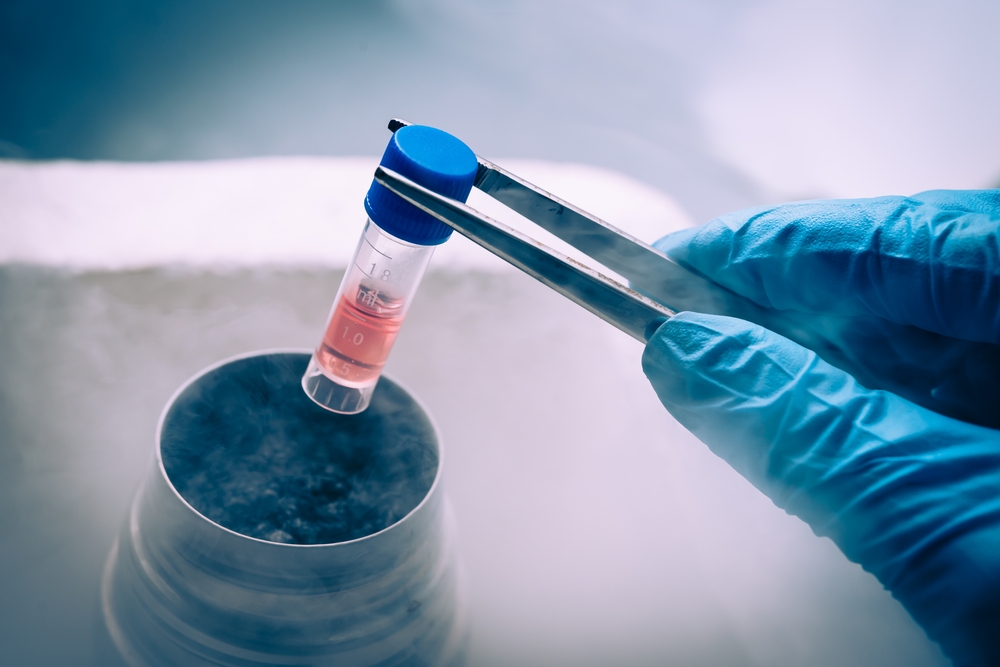
Six patients with spinocerebellar ataxia type 3 and one with multiple system atrophy-cerebellar type were injected with mesenchymal stem cells and kept under observation for a period of one year. The findings supported the notion that allogeneic MSCs given by intravenous injection seem to be effective, safe, and tolerable in patients with spinocerebellar ataxia type 3 (DOI: 10.3727/096368916X694373).
Another study observed the neuro-restorative effects of transplanting human chorionic stem cells (HCSCs) into rats with cerebellar ataxia caused by 3-acetylpyridine (3-AP). The results showed that HCSCs are effective in regaining motor abilities and reversing cerebellar ataxia (DOI: 10.1007/s11011-020-00543-0).
MSCs have been also demonstrated in several studies to be somewhat beneficial in treating some hereditary animal models of cerebellar ataxia, including SCA1 and the Lurcher mutant (DOI: 10.1007/s12311-014-0604-1).
It’s vital to remember that while stem cells can assist with symptoms of the disorder, they do not provide a cure. Cell-based therapy can help in delaying the impairments and bring benefits to general health and stability. However, it does not alter the underlying causes of the premature death of nerve cells in every case of the disease.
What clinics offer stem cell therapy for ataxia
Stem cell treatment is one of the most advanced approaches in contemporary medicine. It is employed in various sectors, including orthopedics, neurology, endocrinology, and cosmetic medicine. Choosing the right clinic is critical to ensuring the safest and most effective method.
Some limited clinics and hospitals provide cell-based therapies for ataxia. Make sure that the regenerative medicine center has the appropriate licenses and also has experience in treating patients with the same or similar pathology.
Concluding Remarks
Ataxia is a disorder that is caused by a negative effect on the functioning of the brain and nerve cells. This ranges from a mild short-term condition that resolves on its own to a severe and progressive illness. The worst cases of Friedreich ataxia can even lead to early death by cardiac dysfunction.
Recent research has shown that stem cell therapy may bring relief to many patients. This approach is now being researched as a substitute to stop the progression and improve the signs of the illness. The potential of stem cell therapy for ataxia is still being explored, but these studies show promise for those who suffer from the condition.
